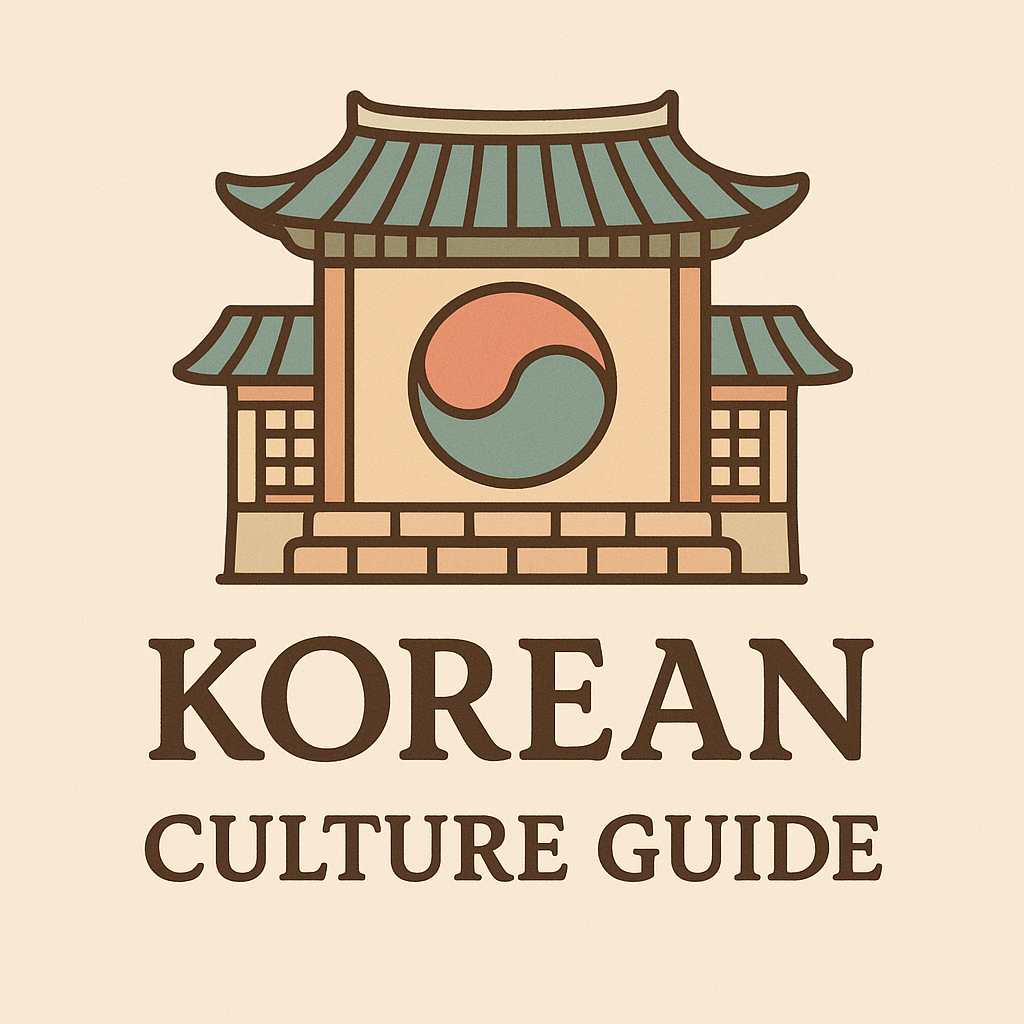-
contents
Guardians of the Village, Carriers of Memory
In the heart of many Korean villages stands an ancient Zelkova tree, its wide branches arching toward the sky like open arms in prayer. These towering trees are not just botanical relics—they are living shrines, spiritual sentinels, and centers of communal memory. Why did Koreans regard these old trees with reverence and fear? The answer lies in a tapestry of folklore, animism, and cultural memory passed down for centuries.
The Zelkova Tree: More Than a Shade Tree
The Zelkova tree, known as neutinamu (느티나무) in Korean, was never planted casually. It was often the tallest and oldest presence in the village, deliberately rooted in the center or at the village entrance. With its vast canopy, it offered shade—but more importantly, it symbolized endurance, protection, and divine presence. These trees sometimes lived over 300 years, silently witnessing the rise and fall of families, conflicts, and celebrations.

The Tree as a Shamanic Altar
In Korean traditional beliefs, every object in nature—especially those as large and majestic as an old tree—was believed to possess gi (기), or spiritual energy. Many Zelkova trees functioned as dangsan-namu (당산나무), or sacred village guardian trees. Shamans held rituals under them, offering rice, fruit, or even sacrificed animals to appease spirits or call upon blessings.
These rituals, called gut (굿), were performed during critical times: harvest, plague, or personal misfortune. Villagers believed the tree’s spirit could intercede with greater deities or nature spirits. Thus, harming or cutting the tree wasn’t just taboo—it was considered dangerous.
Folklore of the Whispering Tree
Numerous oral stories link the Zelkova to supernatural tales. In one legend, a man who attempted to chop down a sacred tree was struck dead by lightning the next day. In another, villagers said they could hear whispers when sitting beneath the tree on windy nights—a sign that the ancestors were speaking.
These tales were passed from grandparents to children, not only preserving the tree's sanctity but also reinforcing the community's respect for nature and ancestry. Trees became communal storytellers, narrating the invisible threads between the physical and spiritual worlds.
Village Life Around the Tree
The Zelkova tree wasn’t just spiritual—it was social. In hot summers, elders gathered beneath it to play traditional board games or discuss village matters. New couples tied colorful cloths to its branches to pray for fertility. Children climbed its roots, and local festivals often took place around it.
It became a stage, a temple, and a parliament rolled into one. Its deep roots mirrored the deep cultural roots it helped cultivate within the community.
Sacred Ecology: A Precursor to Environmentalism
Long before modern concepts of sustainability, Koreans intuitively protected these trees through spiritual reverence. The Zelkova acted as a natural guardian of soil, shade, and air quality. By sacralizing it, villagers ensured environmental preservation.
What appears now as superstition may have been an early form of ecological mindfulness—an understanding that what nurtures us must be respected and protected. The tree was more than wood and leaves; it was life-giver, wisdom-keeper, and protector.
The Decline of the Sacred Tree Tradition
With modernization, many old Zelkova trees were cut down to make way for roads or buildings. Urbanization displaced not only people but also the natural and spiritual landmarks of their culture. While some villages preserve their trees and hold annual dangsan festivals, the custom is fading.
However, cultural preservation groups and eco-spiritual movements are now working to restore and honor these traditions. Some temples and rural communities have planted symbolic trees, trying to reconnect with a lost rhythm of life.
Beyond Korea: Trees in Global Spirituality
The reverence for trees isn’t uniquely Korean. From Japan’s shinboku to Europe’s sacred groves, many cultures saw ancient trees as bridges between worlds. This global resonance strengthens the argument that our ancestors, regardless of geography, saw trees as more than flora—they were fonts of spiritual and communal power.
In Korea, the Zelkova stands out not because it's rare, but because of how central it was to everyday life and belief. It reflects a way of thinking that modern people may benefit from remembering: that our surroundings are alive, and that nature and spirit are inseparable.
The Trees Still Whisper, If We Listen
Today, if you visit a remote Korean village and find an old Zelkova standing guard, take a moment. Touch its bark. Sit in its shade. You are not just meeting a tree—you are touching centuries of prayer, sorrow, joy, and belief.
These trees may not speak with words, but in their quiet grandeur lies a language older and deeper than we remember. The whispers remain, waiting for someone to listen.
'culture' 카테고리의 다른 글
K_Culture Guide
Korea Vibes Blog shares real stories, cultural insights, and travel tips from Korea. Discover what makes Korean life so unique.
